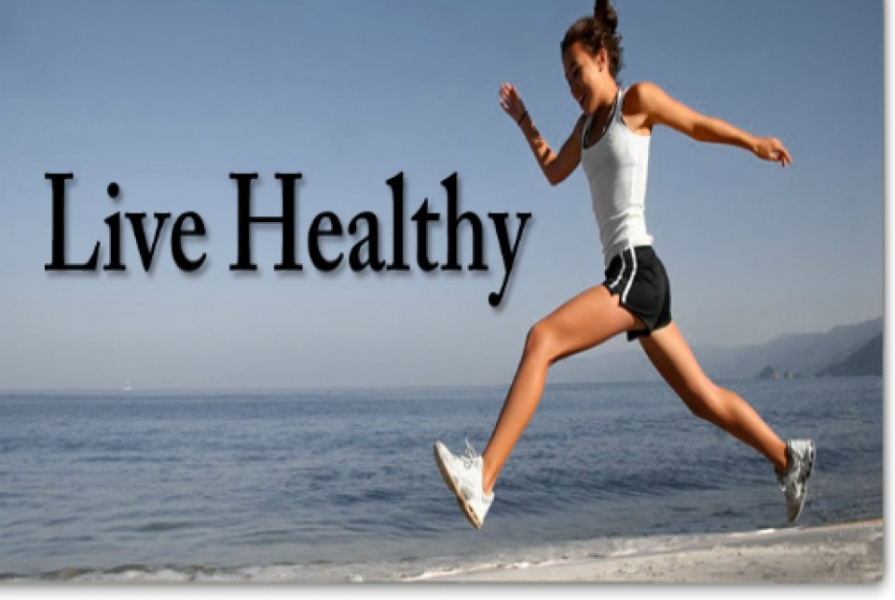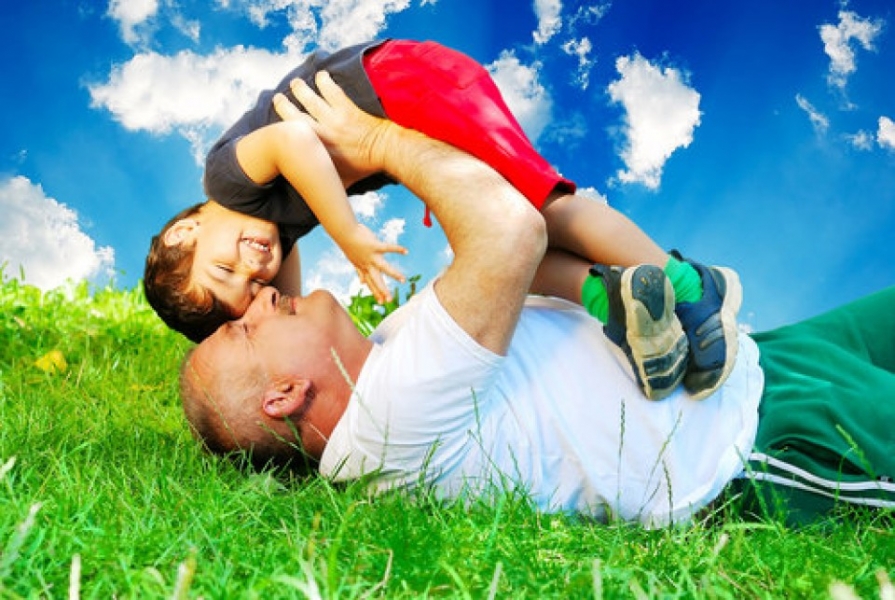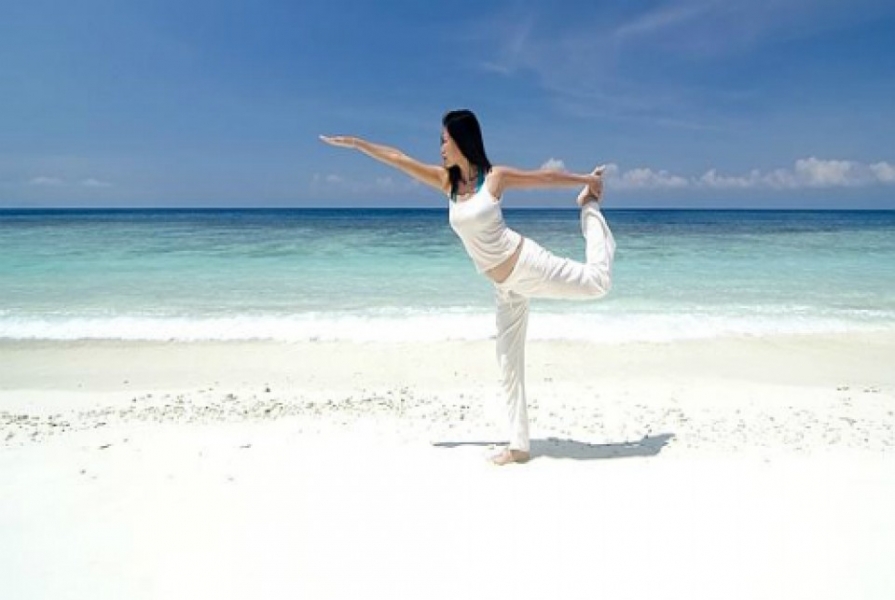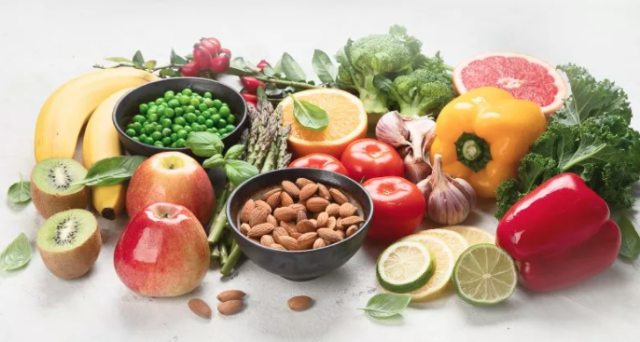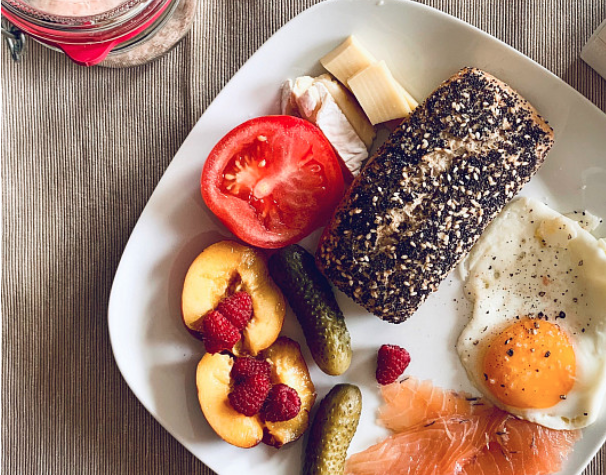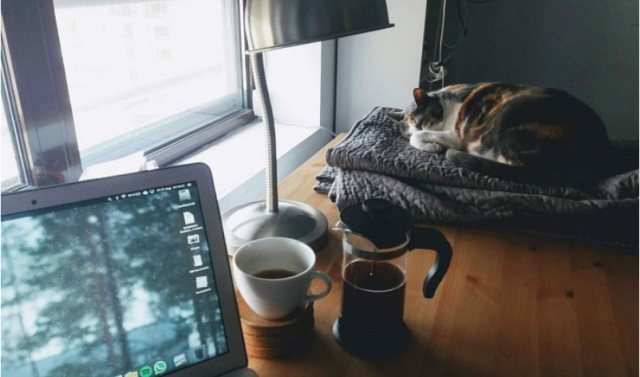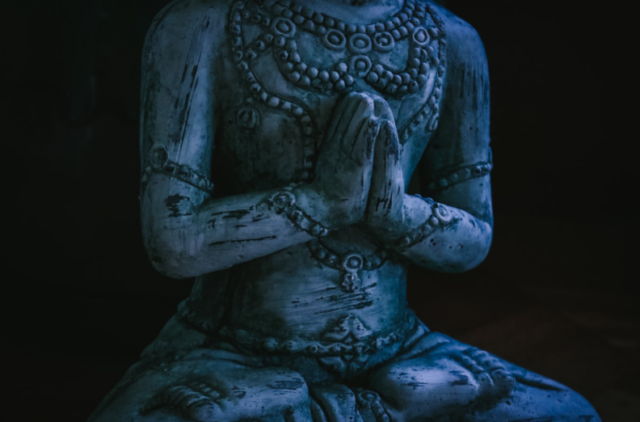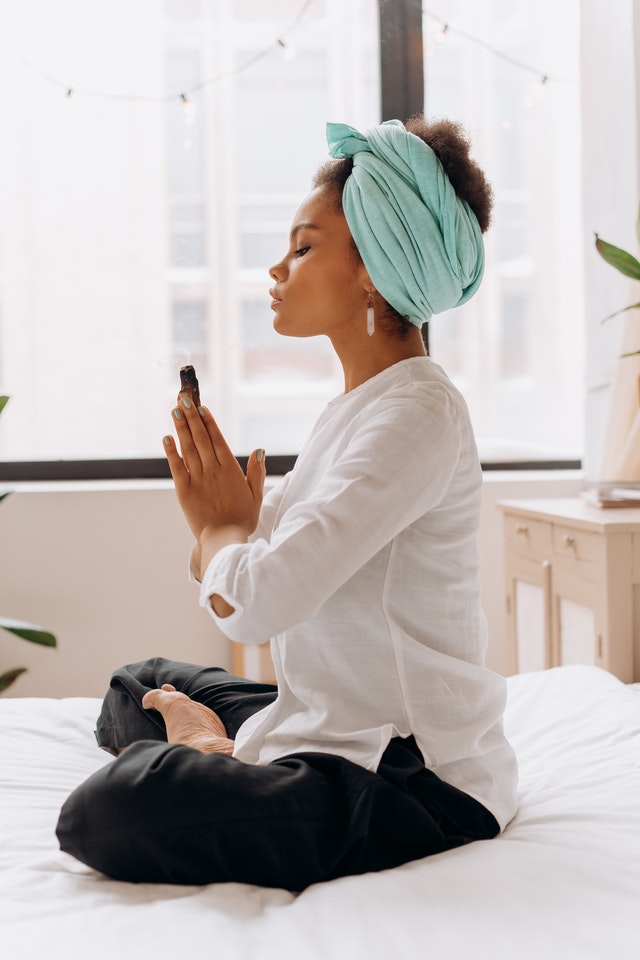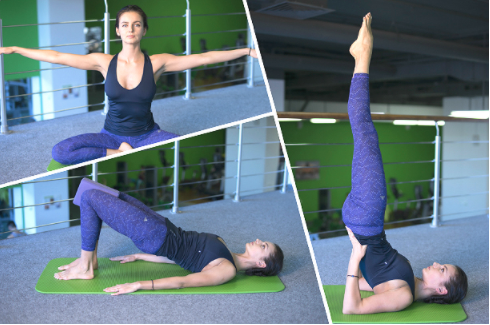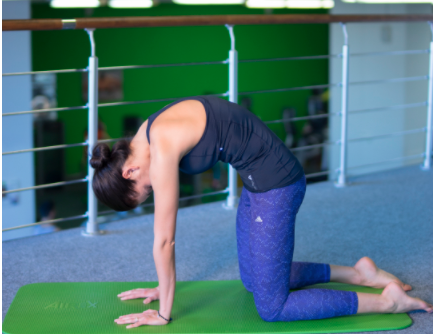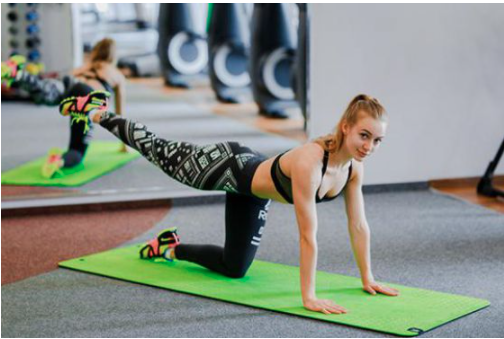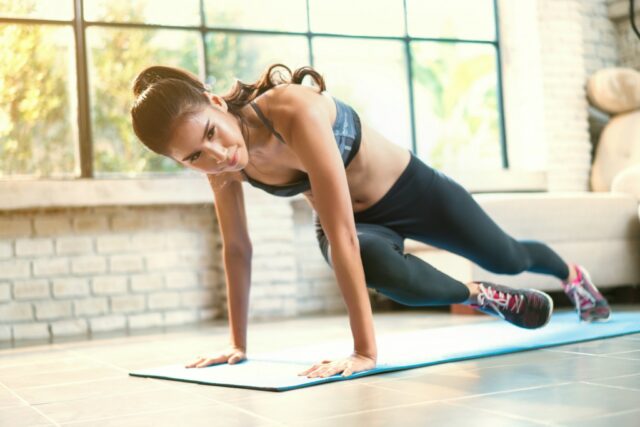What to eat for dinner to lose weight? Salad recipes for every day
Author: Ola Thomas | Category: Diet & Nutrition

Dinner is the most important meal of the day and plays a key role in losing weight. A properly selected menu for the evening will not only help you lose weight in a short time, but will also improve the functioning of the gastrointestinal tract, give energy and vigor in the morning and even change the quality of your sleep (it is scientifically proven that after a hearty and late dinner – people have nightmares or just unpleasant, incomprehensible dreams).
What to cook for dinner
If your goal is to lose weight, remember the main rules of dinner:
- 1. Do not use complex carbohydrates (pasta, cereals, potatoes). In the evening, protein and fiber should prevail on your plate.
- 2. The serving size should not be large. Dinner should be 20-30% of the daily value. That is, the largest meals in terms of volume are breakfast and lunch.
- 3. Have dinner 3 hours before bedtime.
From the point of view of the balance of micronutrients – an ideal dinner option is a light salad. We offer you 7 variants of this dish at once so that your weekly menu is as varied as possible.
Salad with tuna
Ingredients:
1. Lettuce leaves
2. Canned tuna – 1 can
3. Cucumber – 1 piece
4. Boiled eggs – 3 pieces
5. Sour cream or olive oil – for dressing
Preparation:
1. Tear lettuce leaves.
2. Cut cucumbers and eggs into cubes.
3. Add the tuna.
4. Season with olive oil or low-fat sour cream.
Chinese cabbage salad
Ingredients:
1. Peking cabbage
2. Boiled eggs – 3-4 pcs
3. Corn – 1 can
4. Cucumber – 1-2 pcs
5. Sour cream
6. Mustard
7. Salt
Preparation:
1. Rinse the cabbage and cut into strips.
2. Cut cucumbers and eggs into cubes. Add to cabbage.
3. Add corn and salt.
4. For dressing, mix sour cream with a drop of mustard.
Crab stick salad
Ingredients:
1. Cucumber – 1 piece
2. Crab sticks – 200 gr
3. Boiled eggs – 3 pieces
4. Corn – 1 can
5. Dill
6. Classic yogurt
7. Mustard
8. Salt
Preparation:
1. Cut the cucumber, eggs and crab sticks into cubes.
2. Add corn and finely chopped dill.
3. Season with classic yoghurt with a small amount of mustard and salt.
Salmon salad
Ingredients:
1. Arugula – 70 gr
2. Cucumber – 1 pc
3. Cherry – 100 gr
4. Light salted salmon – 150 gr
5. Bell pepper – 1 pc
6. Olive oil
Preparation:
1. Rinse the arugula and dry it.
2. Cut the cucumber into half rings, cut the cherry in half, and cut the bell pepper into cubes.
3. Cut the salmon into small pieces.
4. Combine everything and fill with olive oil
Couscous salad
Ingredients:
1. Couscous – 100 g (dry)
2. Feta cheese – 100 g
3. Bell pepper – 1 piece
4. Cherry tomatoes – 100 g
5. Cilantro
6. Olive oil
Preparation:
1. Pour 150 ml of boiling water over the couscous, add 2 tsp of olive oil and salt.
2. Cut the bell pepper and feta into cubes, halves the cherry.
3. Add ready-made couscous, mix and add cilantro.
Bean salad
Ingredients:
1. Canned beans – 1 can
2. Corn – 1 can
3. Cucumber – 1-2 pcs
4.
Rye croutons – 1 pack 5. Sour cream or classic yogurt
6. Salt
Preparation:
1. Cut the cucumbers into cubes, add the beans and corn squeezed from the juice; and croutons.
2. Season with salt and sour cream or classic yogurt.
Funchose salad
Ingredients:
1. Funchoza – 100 gr (dry)
2. Cucumber – 1 pc
3. Bell pepper – 1 pc
4. Carrots – 1 pc
5. Soy sauce for dressing
Preparation:
1. Pour funchoza with boiling water for 5-7 minutes.
2. Cut the cucumber, carrots and peppers into thin strips.
3. Fry carrots with peppers in a pan with a little oil (5-7 minutes).
4. Combine fried vegetables, cucumber and funchose. Season with a little soy sauce.
07 May 2021
